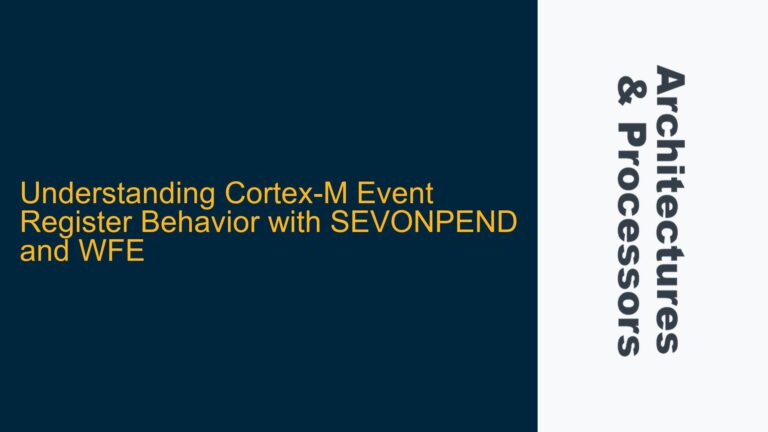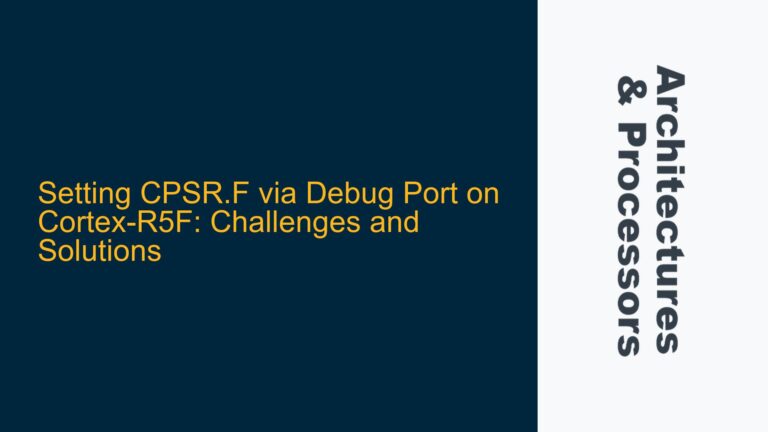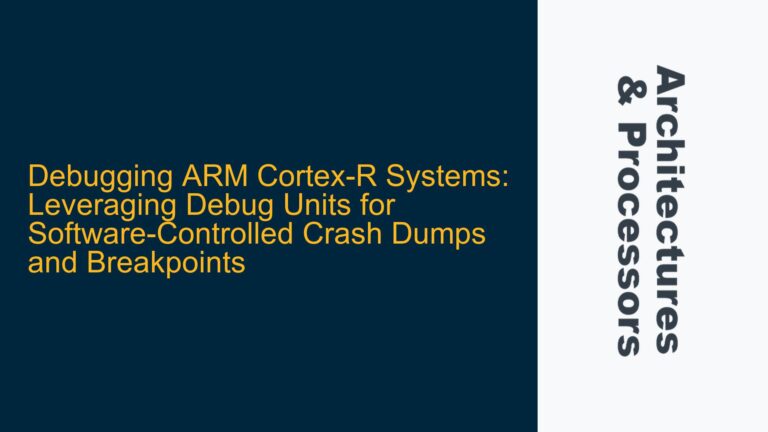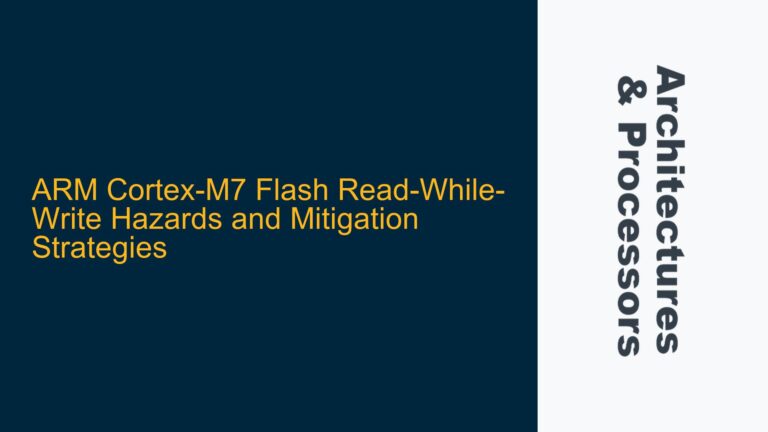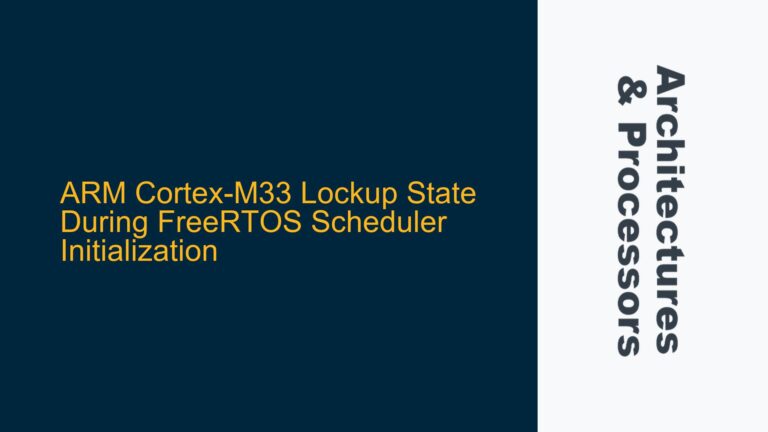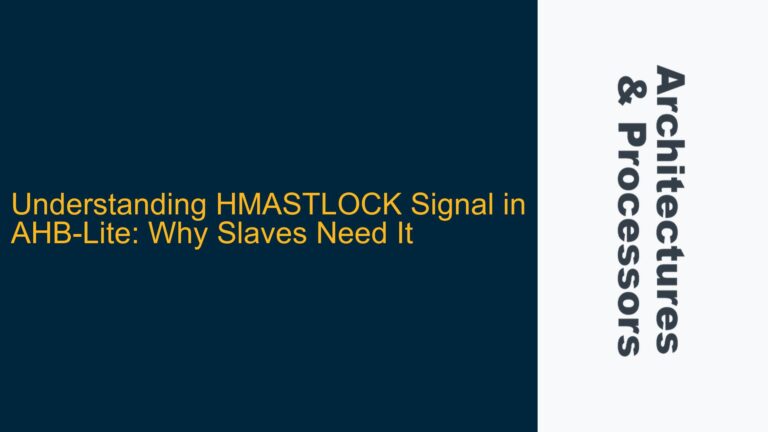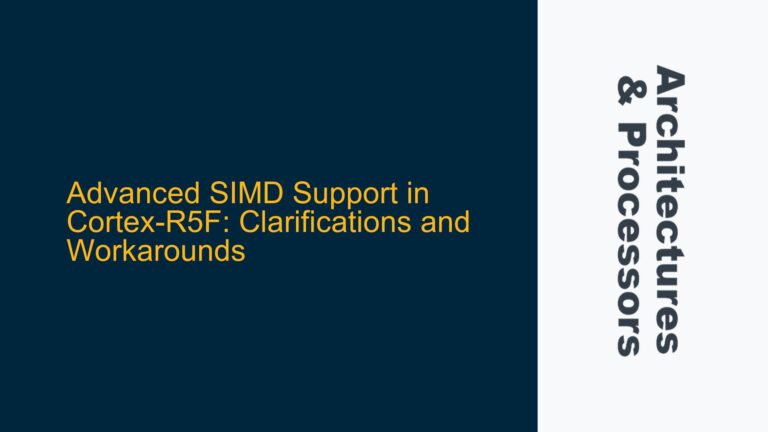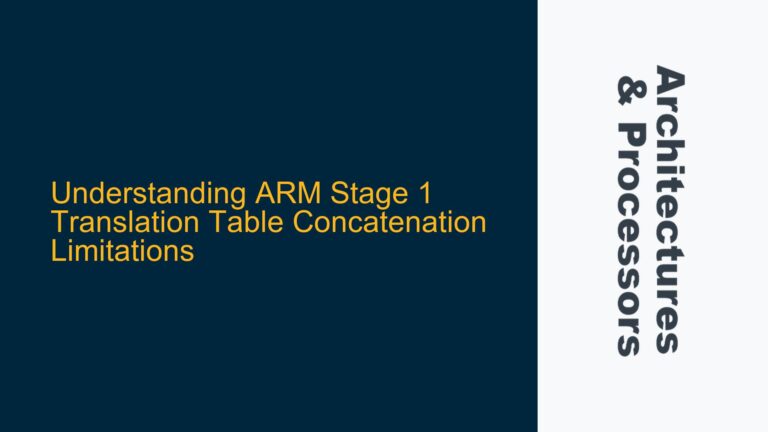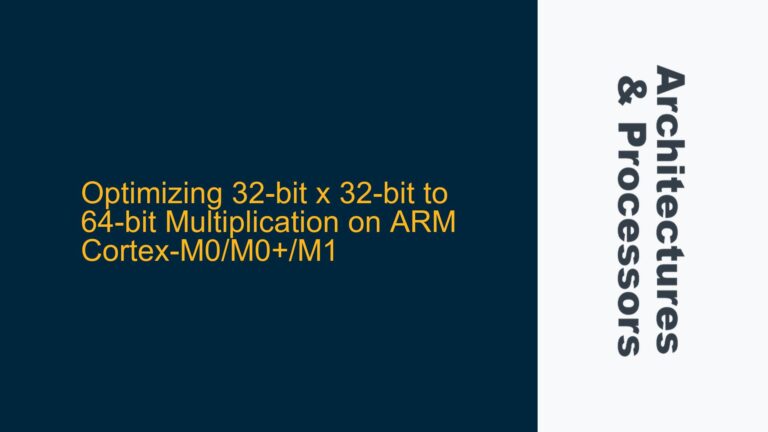Cortex-M Event Register Behavior with SEVONPEND and WFE
Cortex-M Event Register Behavior During Interrupt Handling with SEVONPEND Enabled The Cortex-M architecture provides a robust mechanism for handling interrupts and events, which is critical for real-time embedded systems. One of the key features in this context is the Event Register, which plays a pivotal role in managing low-power modes and interrupt-driven workflows. When the…
